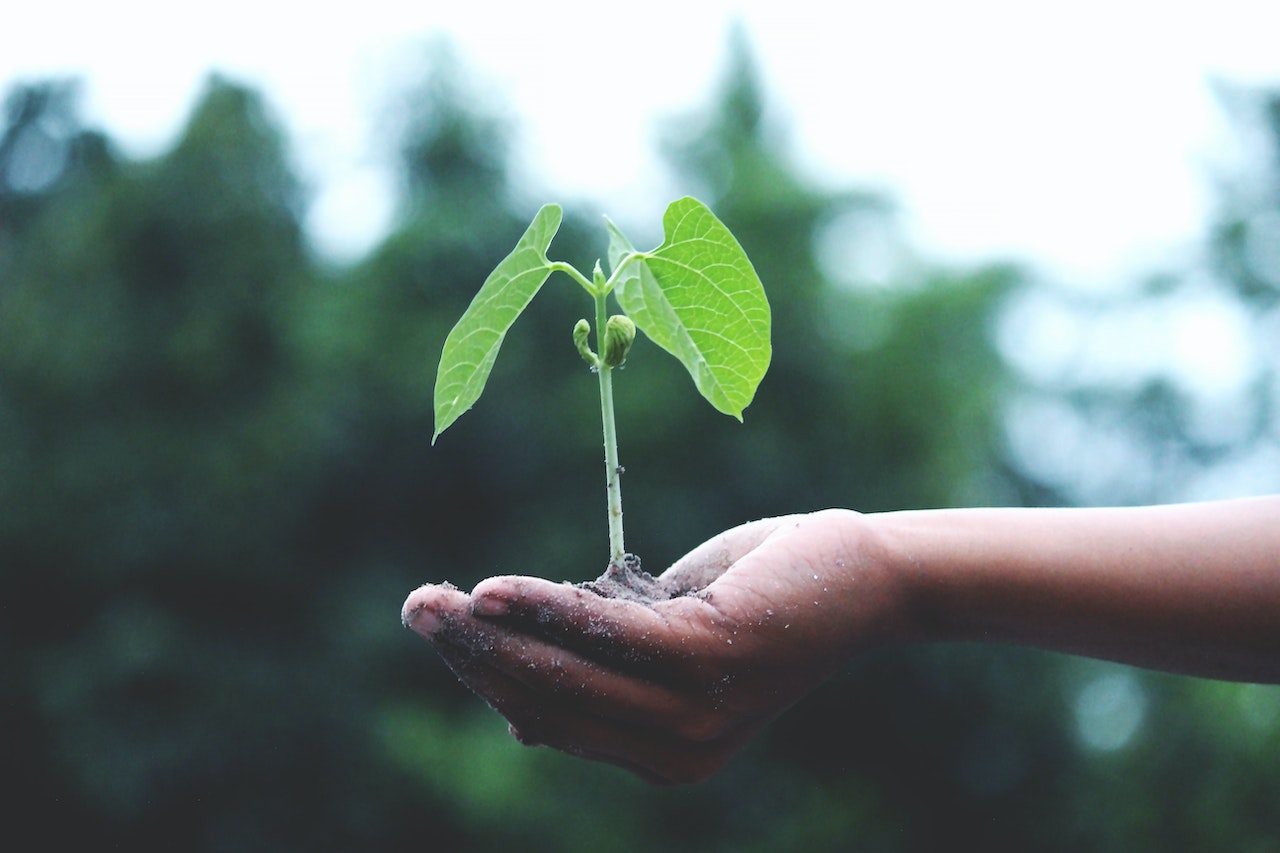This post was originally published on Sustainability Matters

X-ELIO, a Brookfield-owned company specialising in the development of renewable energy projects, recently announced a plan to expand its Blue Grass Solar Farm, located in Queensland’s Western Downs. The farm is one of several of the company’s global initiatives, which include projects in Spain, Italy, the United States, Latin America, the Middle East and Japan.
X-ELIO will add a 148 MW battery energy storage system (BESS) to Blue Grass, which will be constructed in two stages.
In the first stage, which is expected to reach mechanical completion by Q3 2025, a 60 MW BESS will be developed. The second stage aims to deliver an 88 MW BESS by Q3 2026. This development will make Blue Grass X-ELIO’s first hybrid solar and storage project in Australia.
Officially inaugurated in November 2022, Blue Grass Solar Farm has a capacity of 200 MW and generates 420 GWh of green energy annually. Originally developed to support Queensland’s Renewable Energy Target (QRET), the farm forms part of the Queensland Government’s plan to generate 70% of its energy needs from renewable sources by 2032 and 80% by 2035, as outlined in the Queensland Energy and Jobs Plan.
The addition of BESS technology, achieved through X-ELIO’s partnership with Ingeteam and Narada, will enhance the solar farm’s existing infrastructure, allowing it to deploy grid-forming battery inverters and transforming it into a hybrid power source capable of contributing to the grid.
The battery systems will allow the solar farm to store excess energy generated during peak solar hours and release it when demand is high or when solar generation is lower, enhancing the area’s energy reliability and grid stability.
“Following our 60 MW BESS project in the US and our entry into the German battery company ECO STOR, we are now continuing to implement our storage strategy in Australia,” said Mirko Molinari, CCO at X-ELIO.
“This project will support grid resiliency in Queensland and enhance our solar farm’s resilience to price volatility. We are excited about the prospects of BESS in Australia and believe its deployment greatly supports grids with high renewables penetration.”
Image courtesy of X-ELIO.





0 Comments